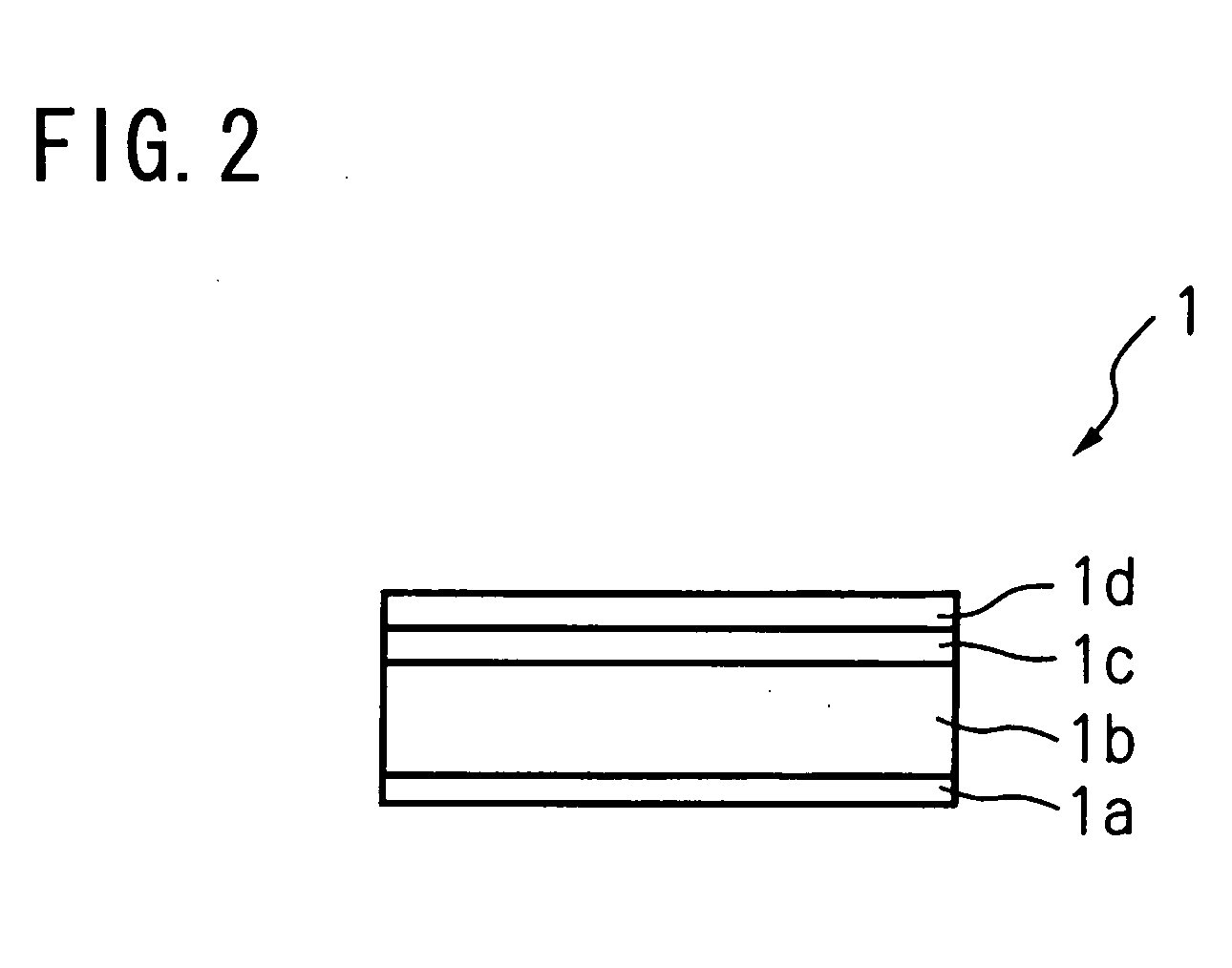Thermal activation method and thermal activation device for a heat-sensitive adhesive sheet
a technology of thermal activation and adhesive sheet, which is applied in the direction of identification means, instruments, furnaces, etc., can solve the problems of large electric current consumption resulting from driving every heating element with the standard driving energy, large size, weight and cost of large-capacity power sources, and reduce the area ratio of regions. , the effect of reducing the sum of driving energy
- Summary
- Abstract
- Description
- Claims
- Application Information
AI Technical Summary
Benefits of technology
Problems solved by technology
Method used
Image
Examples
first embodiment
[0045] A brief description will be given first on the basic structure of a printer for a heat-sensitive adhesive sheet in which a thermal activation device of this embodiment is incorporated. As schematically shown in FIG. 1, this printer for a heat-sensitive adhesive sheet is composed of a roll housing unit 2 for holding a heat-sensitive adhesive sheet 1 that is wound into a roll; a printing unit 3 for printing on a printable layer 1d (see FIG. 2) of the heat-sensitive adhesive sheet 1; a cutter unit 4 for cutting the heat-sensitive adhesive sheet 1 into a given length; a thermal activation unit 5 which thermally activates a heat-sensitive adhesive layer 1a (see FIG. 2) of the heat-sensitive adhesive sheet 1 and which constitutes the main part of the thermal activation device of this embodiment; a guide unit 6 for guiding the heat-sensitive adhesive sheet 1 along a path from the cutter unit 4 to the thermal activation unit 5; and other components. While in practice the heat-sensiti...
second embodiment
[0074] The second embodiment of the present invention will be described next. This embodiment also employs the same printer for a heat-sensitive adhesive sheet (see FIG. 1) that is used in the first embodiment to perform the thermal activation described above. The difference between the two embodiments is that the driving pattern and driving energy of the heating elements 10 are set differently. Given below is a description on the driving pattern and driving energy for thermal activation in this embodiment. Other aspects of the thermal activation method, the structure of the thermal activation device, and the like are identical with those in the first embodiment and descriptions thereof are omitted here.
[0075] In this embodiment, as shown in FIG. 9A, regions that are not directly heated by any of the opposing heating elements 10 (other regions than hatched regions) and regions that are directly heated by the opposing heating elements 10 (hatched regions) are alternated without exce...
PUM
| Property | Measurement | Unit |
|---|---|---|
| Magnetic field | aaaaa | aaaaa |
| Electric charge | aaaaa | aaaaa |
| Current | aaaaa | aaaaa |
Abstract
Description
Claims
Application Information
 Login to View More
Login to View More - R&D
- Intellectual Property
- Life Sciences
- Materials
- Tech Scout
- Unparalleled Data Quality
- Higher Quality Content
- 60% Fewer Hallucinations
Browse by: Latest US Patents, China's latest patents, Technical Efficacy Thesaurus, Application Domain, Technology Topic, Popular Technical Reports.
© 2025 PatSnap. All rights reserved.Legal|Privacy policy|Modern Slavery Act Transparency Statement|Sitemap|About US| Contact US: help@patsnap.com



